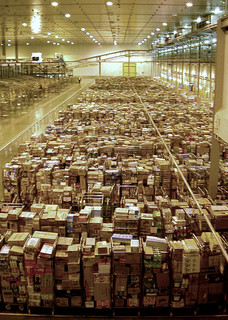The Future of E-Invoicing in Public Procurement

Electronic invoicing is becoming the norm in modern procurement systems. Business-to-business companies, as well as those serving consumers, are already regularly using e-invoices and electronic receipts. Many government agencies, however, are still not making full use of this convenient strategy.
The Benefits of E-Invoicing
In a recent survey, GXS asked 200 European businesses about their e-invoicing practices. Creating a more efficient business process was the most commonly reported reason companies gave for using electronic invoicing. Respondents gave security and tax compliance importance as well. With supply chains becoming more globalized, e-invoicing is a logical choice that saves a great deal of time.
Only 10% of the businesses surveyed cited cost reduction as their primary reason for invoicing electronically, but a paperless system can dramatically cut expenses. According to British MPs Adam Afriyie and Stephen McPartland, “Advocates of e-invoicing have suggested that its full adoption by the (British) government could result in economic benefits of £22bn-£28bn ($35bn-$45bn) a year for only modest levels of investment.”
E-Invoicing in the Public Sector
E-invoicing can improve the procurement process for public and private entities of all sizes, yet only 5% of the businesses surveyed by GXS were sending at least a quarter of their invoices to government agencies. Europe, along with much of North and South America, are developing initiatives to make electronic invoicing accepted practice in public procurement. E-invoicing was first mandated in Denmark in 2005. The US Federal government made e-invoicing mandatory on January 1st, 2013, and e-invoicing will be the norm in most European countries by 2020.
“In this age of austerity, e-invoicing is too good an opportunity to miss,” says Afriyie and McPartland, yet there are many governments lagging behind when it comes to digital procurement processes. Experts predict that e-invoicing will continue to gain favor in all supply chain operations.







